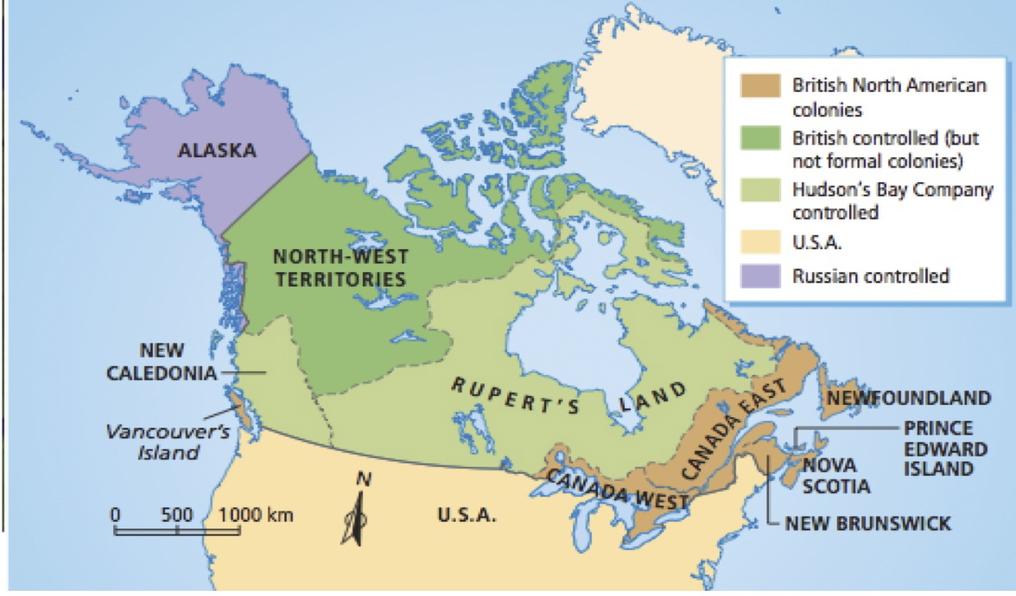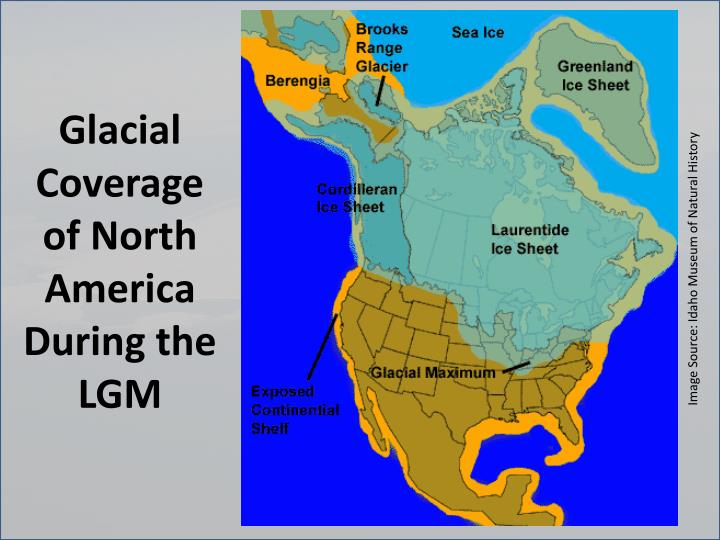

The states were encouraged to settle their claims by the U.S. The region had long been desired for expansion by colonists. The British were active in some of the border areas until after the Louisiana Purchase and the War of 1812. The territories were subject to overlapping and conflicting claims of the states of Massachusetts, Connecticut, New York, and Virginia dating from their colonial past. With the Patriots' victory in the American Revolutionary War and the signing of the 1783 Treaty of Paris, the United States claimed the territory as well as the areas south of Ohio. In 1774, Britain annexed the region to its Province of Quebec. The Crown tried to restrict the settlement of the Thirteen Colonies to the area between the Appalachians and the Atlantic Ocean, which raised colonial tensions among those who wanted to move west. Great Britain took over the Ohio Country, as its eastern portion was known, but a few months later, Britain closed it to a new European settlement by the Royal Proclamation of 1763. The territory was acquired by Great Britain from France after the former's victory in the Seven Years' War and during the 1763 Treaty of Paris.


It also helped set the stage for later federal political conflicts over slavery during the 19th century until the American Civil War.
#Modern daymap of north america in 1784 free#
The prohibition of slavery in the territory had the practical effect of establishing the Ohio River as the geographic divide between slave states and free states from the Appalachian Mountains to the Mississippi River, an extension of the Mason–Dixon line. Graham, but it did not extend the ordinance to cover the respective states once they were admitted to the Union. Supreme Court recognized the authority of the Northwest Ordinance of 1789 within the applicable Northwest Territory as constitutional in Strader v. It also set legislative precedent with regard to American public domain lands. Ĭonsidered one of the most important legislative acts of the Confederation Congress, it established the precedent by which the federal government would be sovereign and expand westward with the admission of new states, rather than with the expansion of existing states and their established sovereignty under the Articles of Confederation. The First Congress reaffirmed the 1787 ordinance and, with slight modifications, renewed it with the Northwest Ordinance of 1789. That need was addressed shortly with the formation of the U.S. Designed to serve as a blueprint for the development and settlement of the region, the 1787 ordinance lacked a strong central government to implement it. The ordinance superseded the Land Ordinance of 1784, which declared that states would one day be formed within the region, and the Land Ordinance of 1785, which described how the Confederation Congress would sell the land to private citizens. However, the Confederation Congress faced numerous problems gaining control of the land such as the unsanctioned movement of American settlers into the Ohio Valley violent confrontations with the region's indigenous peoples the ongoing presence of the British Army, which continued to occupy forts in the region and an empty U.S.

In the 1783 Treaty of Paris, which formally ended the American Revolutionary War, Great Britain yielded the region to the United States. The upper Mississippi River formed the territory's western boundary. It created the Northwest Territory, the new nation's first organized incorporated territory, from lands beyond the Appalachian Mountains, between British North America and the Great Lakes to the north and the Ohio River to the south. The Northwest Ordinance (formally An Ordinance for the Government of the Territory of the United States, North-West of the River Ohio and also known as the Ordinance of 1787), enacted July 13, 1787, was an organic act of the Congress of the Confederation of the United States.


 0 kommentar(er)
0 kommentar(er)
